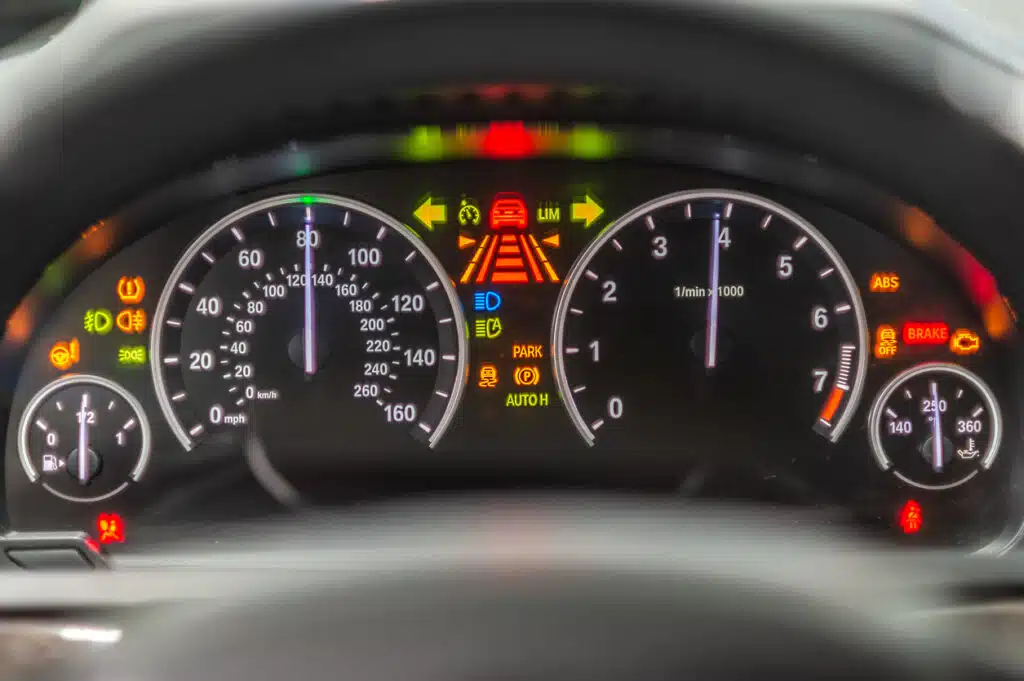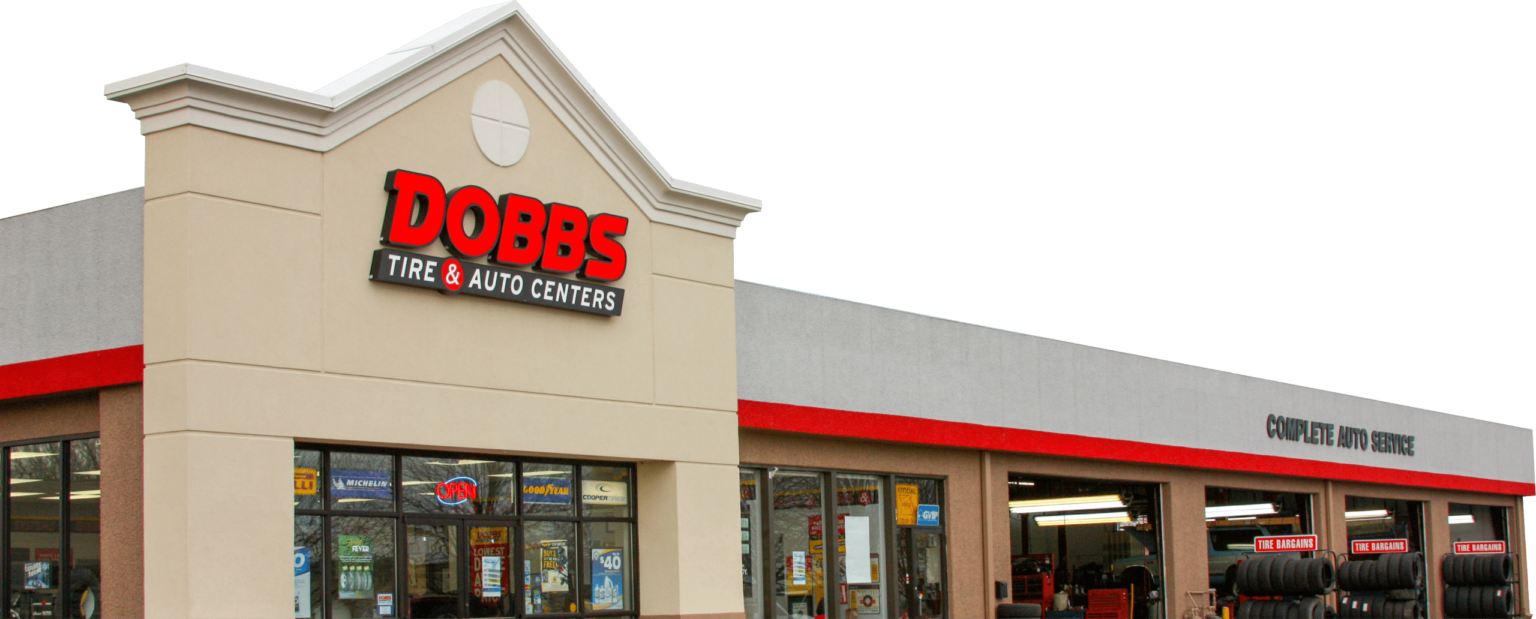An Explanation of Common Vehicle Dashboard Warning Lights

You’re cruising down the road without a worry in the world when suddenly you notice it…the dreaded dashboard light. Your next thought? “How much is this one going to cost me.”
Although nobody wants to face the reality that an unplanned trip to the shop is likely imminent, these pesky lights exist to protect you and your vehicle from further damage.
This article reveals what the most common dashboard lights mean and explains why you should address them promptly.
Check Engine
The most foreboding of all the dashboard lights is unquestionably the ‘check engine’ icon. Because your engine is a complex system with many components working together, this single light could indicate many different problems. It might just be a loose wire (*sigh of relief*), or it could be a vital engine part that costs hundreds or thousands of dollars to repair.
Most cars manufactured after 1996 include an On Board Diagnostic System (OBD), which monitors emission levels and other vital engine components. When the check engine light comes on, an OBD scan helps identify the issue quickly and unambiguously. If your light comes on and you’re unsure what caused it, visit the nearest Dobbs Tire and Auto location, and we will perform an OBD scan.
One important note: some vehicles have two stages of the check engine light. Steady illumination indicates that you can continue to drive but should have your vehicle examined soon. A flashing engine light means you should pull over immediately and turn the car off, as the problem is likely more serious.
Oil Pressure Warning
Motor oil is critical for reducing friction between your engine’s moving parts. Without regular oil changes, you risk significantly reducing performance as well as the overall life of your engine.
An oil pressure warning light (a small oil can with a drop of liquid coming out of the spout) can indicate a range of issues. The best-case scenario? You simply need to
As a general reminder, most vehicles need an oil change roughly every 3-4 months or 4,000 miles. When it’s time, the expert and certified technicians at one of our 43 Dobbs locations can help.
Brake System
The brake warning light – which looks like a red circle with an exclamation point or “P” in the middle – indicates a problem within your braking system. Like your engine light, the culprit could be with any one of a range of different components. The most common issues that set off the light are worn brake pads, low brake fluid, or a malfunctioning ABS (anti-locking brake system).
Your brakes are one of the most crucial components for keeping you and other drivers safe. When the brake warning light comes on, prioritize getting an ODB scan as soon as possible.
Transmission
While most drivers can intuitively tell which dashboard lights indicate problems with the engine or oil levels, the transmission light is less obvious. In most vehicles, a gearbox with an exclamation mark or a thermometer means there’s something off with your system.
The culprit is typically one of three things: an excessive towing load, low transmission fluid levels, or, in more extreme cases, significant wear. If you can rule out a heavy towing load, it’s essential to take your vehicle to an expert as soon as this light comes on. Identifying and fixing a problem early on could lead to significant repair savings.
Visit a Dobbs Tire and Auto Location to Diagnose Your Dashboard Light
Dashboard lights are frustrating, but they play a vital role in minimizing damage to your vehicle and, more importantly, keeping you safe. No matter which icon is illuminated, the expert and certified technicians at each of our 43 Dobbs Tire and Auto locations can help you diagnose the issue and fix the problem quickly and affordably. View our list of store locations and contact us to book an appointment today.
